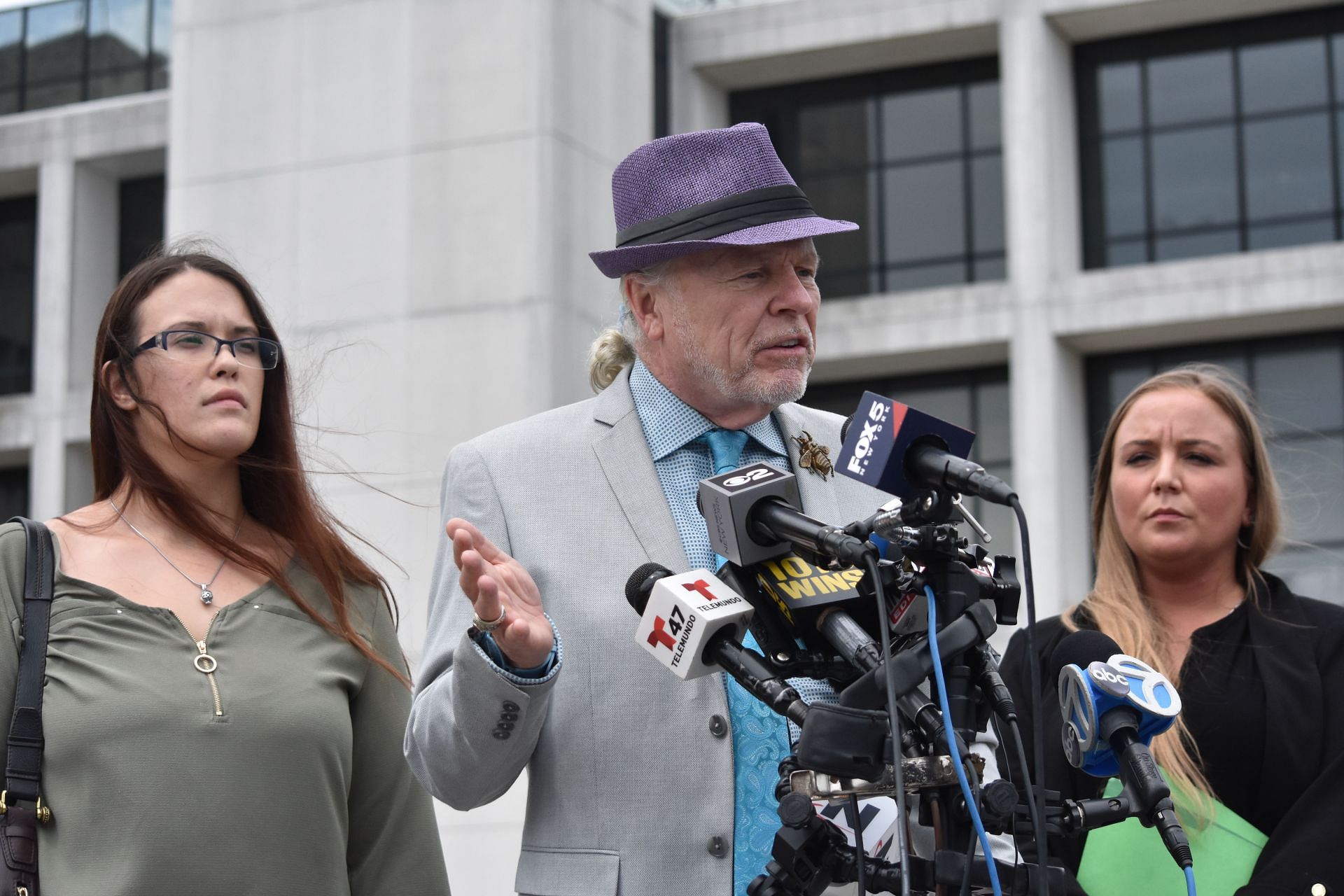5 major revelations from Gone Girls: The Long Island Serial Killer

Netflix's Gone Girls: The Long Island Serial Killer, which began streaming on March 31, 2025, reexamines a decades-long investigation that started with the disappearance of Shannan Gilbert in 2010. Directed by Liz Garbus, the docuseries dissects how the Suffolk County Police Department and multiple agencies identified Rex Heuermann, a Manhattan architect, as the suspected killer in 2023.
As per a Time report dated March 31, 2025, the case gained traction in 2022 when a multi-agency task force narrowed the search using cell tower data, burner phone records, and vehicle descriptions. DNA recovered from pizza crust discarded by Heuermann matched hair found on one of the victims, which ultimately led to his arrest.
The three-part series also outlines the failures of early investigations, citing political interference and internal obstruction. As per the Netflix Tudum article dated April 1, 2025, former officials James Burke and Tom Spota curtailed cooperation with the FBI and later faced federal convictions.
By shifting focus to the victims and the persistence of their families, Gone Girls: The Long Island Serial Killer highlights both the investigative delays and recent breakthroughs. It features interviews with victims' families, law enforcement, and former associates of the accused.
5 key revelations from Gone Girls: The Long Island Serial Killer explored
1) Shannan Gilbert's disappearance triggered the case
The case began in May 2010 with the disappearance of 23-year-old Shannan Gilbert, who had placed a 911 call claiming someone was chasing her in the Oak Beach neighborhood. According to a People report dated March 12, 2025, Gilbert ran to a neighbor's home seeking help before vanishing into the nearby marshland.
Her disappearance initiated a police search that uncovered the remains of four other women, Melissa Barthelemy, Amber Costello, Megan Waterman, and Maureen Brainard-Barnes, by December 2010. These women would later be known as the "Gilgo Four."
As per a Netflix Tudum article dated March 31, 2025, Gilbert's family pushed authorities to keep the investigation active. Increased pressure eventually led to the discovery of more bodies along Ocean Parkway. Although police initially ruled her death accidental, a second autopsy cited evidence consistent with possible strangulation.
Read more: How many victims did the Long Island Serial Killer have? Details explored ahead of Gone Girls on Netflix
2) A task force revived the cold case and identified Rex Heuermann

In 2022, a newly formed Gilgo Beach Homicide Investigation Task Force, initiated by Suffolk County Police Commissioner Rodney Harrison, made critical progress. Investigators analyzed dormant leads from previous case files and connected them using updated digital forensics.
One key tip came from Amber Costello's roommate, Dave Schaller. The roommate had told police in 2010 that a suspicious client drove a first-generation Chevrolet Avalanche and appeared "ogre-like," as reported by CBS News on December 17, 2024.
This detail aligned with other burner phone data, which showed all four victims had communicated with untraceable numbers that connected to towers in Massapequa Park.
In March 2022, the task force began surveillance on Rex Heuermann, a Manhattan-based architect who matched the suspect's profile and vehicle. According to a Time report dated March 31, 2025, investigators followed Heuermann and collected a discarded pizza crust, which yielded DNA matching samples found on Megan Waterman's body.
3) Burner phones and deleted files strengthened the case
Heuermann allegedly used four burner phones to contact victims, add minutes at cellphone stores, and conduct searches related to the investigation. Authorities recovered a hard drive from his residence that contained a deleted document outlining torture techniques and methods to dispose of evidence, as per the Time.
Gone Girls: The Long Island Serial Killer reveals that Heuermann had made over 200 searches related to the Long Island serial killer case. According to a People report dated March 12, 2025, these included:
“Why could law enforcement not trace the calls made by the Long Island serial killer” ...“Why hasn’t the Long Island serial killer been caught.”
4) Police misconduct and local corruption delayed progress
Gone Girls: The Long Island Serial Killer also details how internal dysfunction and corruption within Suffolk County law enforcement hindered early progress. According to a Netflix Tudum article, former Police Chief James Burke and District Attorney Thomas Spota were later convicted of obstruction and misconduct.
Burke had a long record of internal affairs complaints and blocked FBI assistance during the crucial early stages of the case. Director Liz Garbus told The New York Post in a report dated March 27, 2025:
“There were two criminals running the place"… Solving this case was not their No. 1 priority. Their No. 1 priority was keeping themselves out of prison.”
These leadership failures contributed to years of delay despite clues being present in case files since 2010.
Also read: 5 chilling details about the Long Island Serial Killer
5) Victims' families played a central role in keeping the case alive

Throughout Gone Girls: The Long Island Serial Killer, the voices of victims' family members reveal how their persistence kept the investigation in public view. Mari Gilbert, Shannan's mother, continuously challenged the official narrative surrounding her daughter's death, prompting authorities to continue searching the Oak Beach area.
As per the Netflix Tudum article dated March 31, 2025, family members like Amanda Funderburg and Elizabeth Meserve never stopped seeking answers. As per Time, Funderburg, sister of Melissa Barthelemy, said in Gone Girls: The Long Island Serial Killer:
“He’s not as smart as he thought he was.”
Meserve, aunt of Megan Waterman, added:
“When someone is found guilty, that’s when it will be like… we found Megan’s killer.”
Also read: One key thing that Gone Girls: The Long Island Serial Killer omitted
Gone Girls: The Long Island Serial Killer is available to stream on Netflix.




